12 Must-Know Differences Between Male And Female Cats Before You Choose
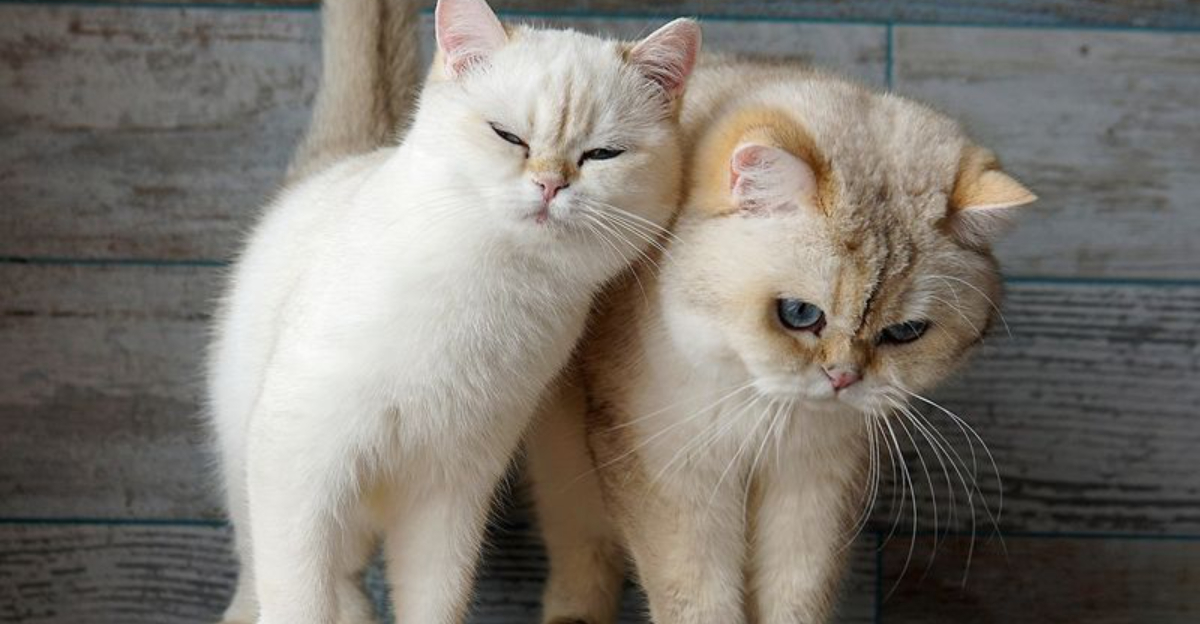
Choosing between a male and a female cat can be a daunting task, filled with myths and misconceptions. Here’s a detailed guide to help you understand the key differences, ensuring you make an informed decision.
1. Behavioral Differences
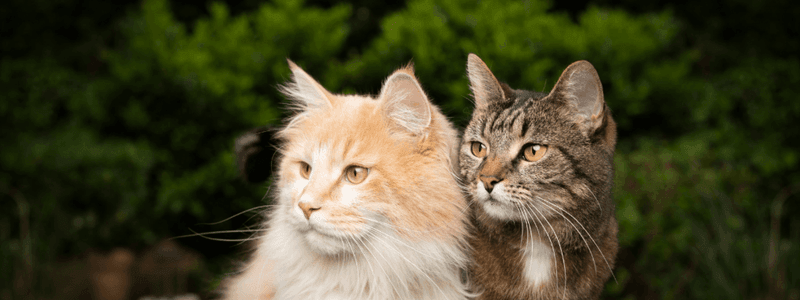
Male cats often display boldness, roaming with curiosity and charm. Female cats, on the other hand, exhibit reserved elegance, preferring familiar surroundings.
These temperament differences can significantly impact your household dynamics. Deciding between a playful explorer or a graceful observer can shape your home life, making this choice pivotal in your pet-owning journey.
2. Territorial Instincts
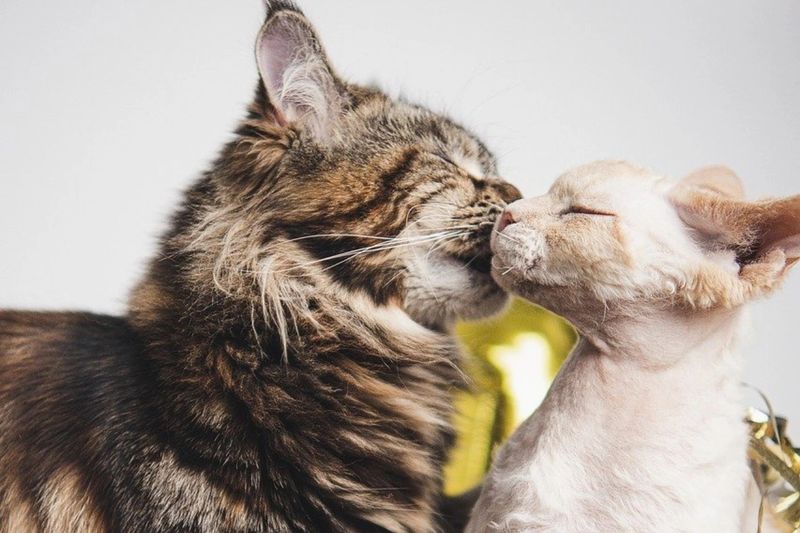
Males often exhibit strong territorial instincts, marking their domain with vigilance. Females, conversely, tend to be more relaxed in shared spaces.
This instinctual difference influences your home environment, dictating how your feline friend interacts with surroundings. Understanding these tendencies helps in creating a harmonious living space.
3. Vocalization Patterns
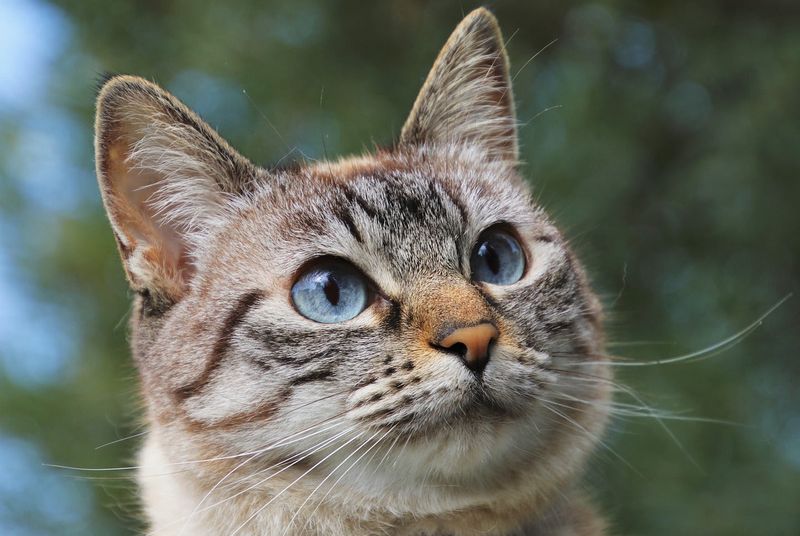
Male cats may vocalize more assertively, their meows echoing with authority. Females, however, often opt for softer, melodic purrs.
These vocal differences can affect how you communicate with your pet, shaping your daily interactions. Choosing a cat with harmonious vocal tendencies can enhance your companionship experience.
4. Size And Build
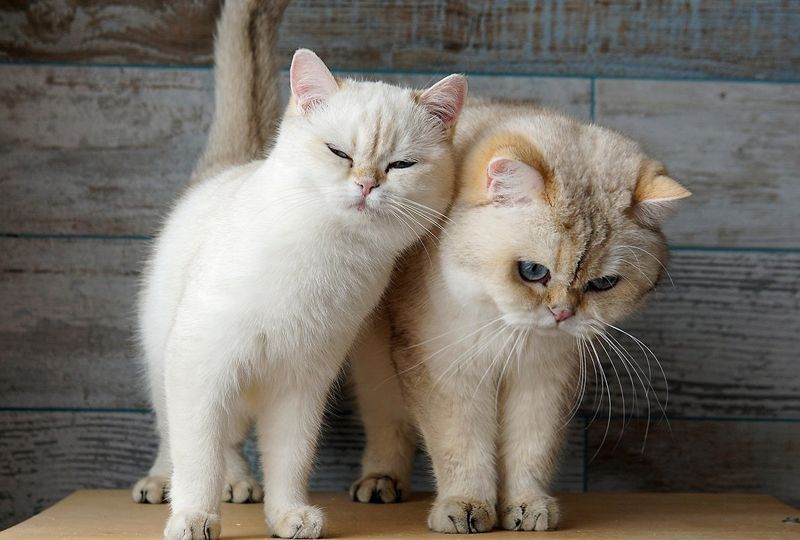
Male cats typically boast larger frames and robust muscles, exuding strength. Females are usually petite, with a delicate grace that captivates.
This size disparity affects not only their physical presence but also their needs and care requirements. Choosing between a compact or substantial companion defines your daily interactions and care approach.
5. Lifespan Variations
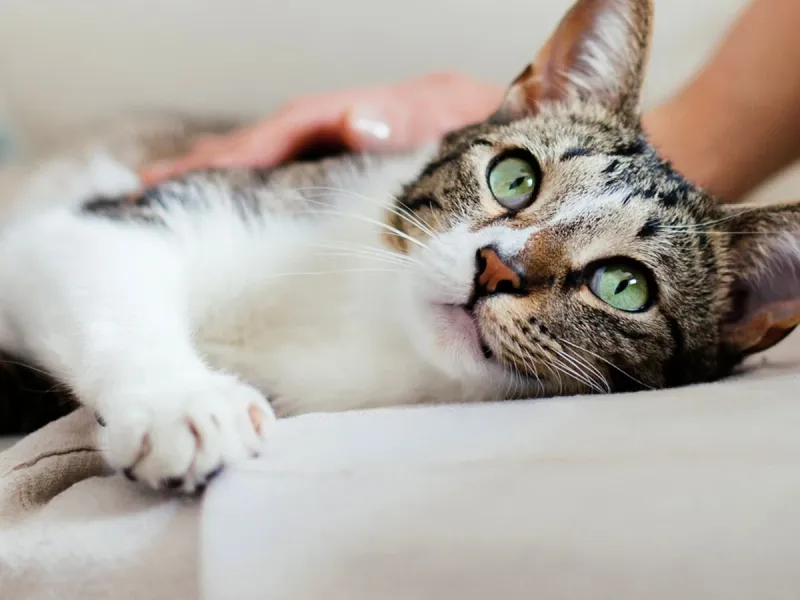
Statistically, female cats tend to enjoy slightly longer lifespans than males. This longevity factor might influence your decision, considering the years of companionship.
A longer lifespan means more cherished memories, but also prolonged responsibilities. This difference demands thoughtful contemplation as you plan for the future.
6. Aggression Levels
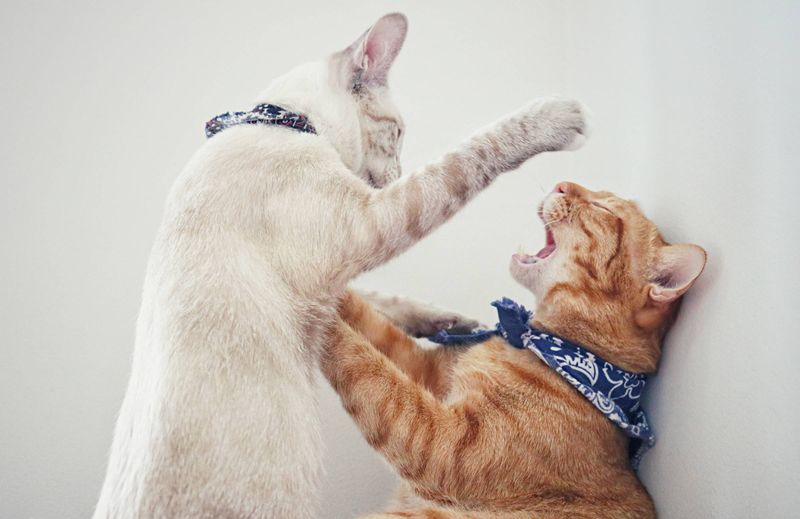
Male cats might display higher aggression levels, especially during play. Females typically exhibit gentler behaviors, emphasizing tranquility and calm.
These differing aggression levels can impact your household’s peace and activity levels. Selecting a feline with a compatible temperament ensures a harmonious and enjoyable living situation.
7. Neutering/Spaying Impact
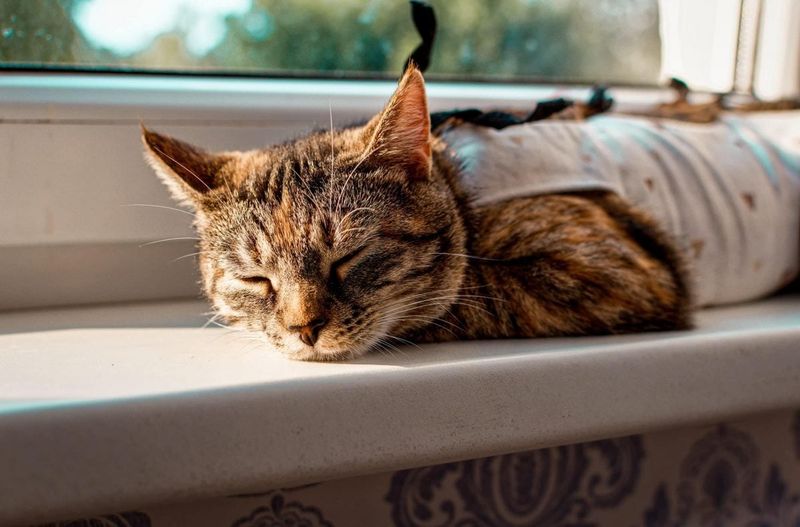
Neutering males often reduces territorial marking and aggression. Spaying females can prevent unwanted litters and certain health issues.
Understanding these impacts aids in making informed health decisions, aligning with your lifestyle and the well-being of your pet. This consideration is crucial in ensuring a healthy, balanced home.
8. Social Preferences
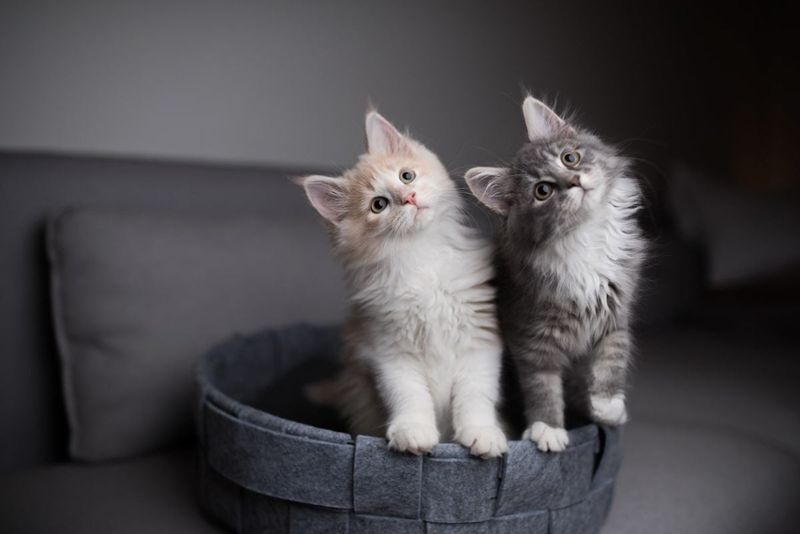
Males may display more social tendencies, mingling freely with other pets. Females often prefer solitary moments, savoring quietude.
These social preferences guide how your new pet might integrate into existing family dynamics, influencing the overall social atmosphere. Choosing based on social compatibility enhances your home life.
9. Grooming Needs
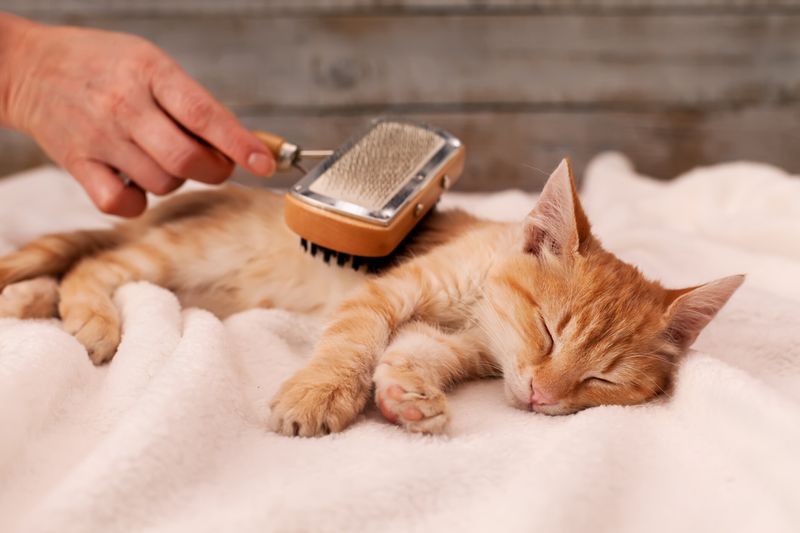
Females often show higher grooming standards, keeping themselves pristine. Males might be less meticulous, occasionally needing extra grooming assistance.
This grooming disparity influences their cleanliness and care routines. Understanding these needs ensures you meet your pet’s hygiene standards, promoting a healthy and happy environment.
10. Energy Levels
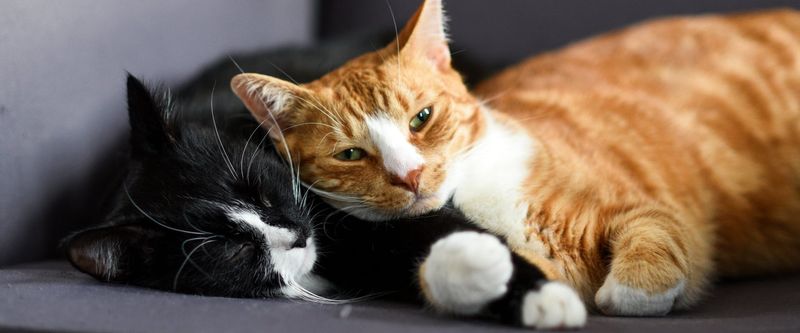
Males frequently exhibit higher energy levels, engaging in spirited play and exploration. Females generally prefer calm, leisurely activities.
These energy differences can dictate your daily activities and playtime routines. Choosing a cat with compatible energy levels shapes your lifestyle, ensuring mutual enjoyment.
11. Health Concerns
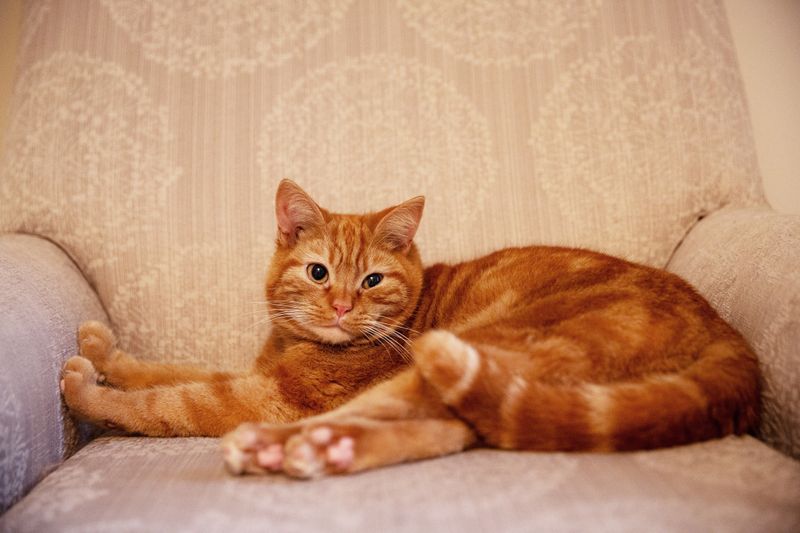
Certain health issues are more prevalent in male cats, such as urinary blockages. Females may face risks like reproductive health problems.
Understanding these potential concerns helps in planning vet visits and preventive care. Being informed about health risks ensures your pet’s well-being, allowing for proactive and responsible ownership.
12. Cost Of Ownership
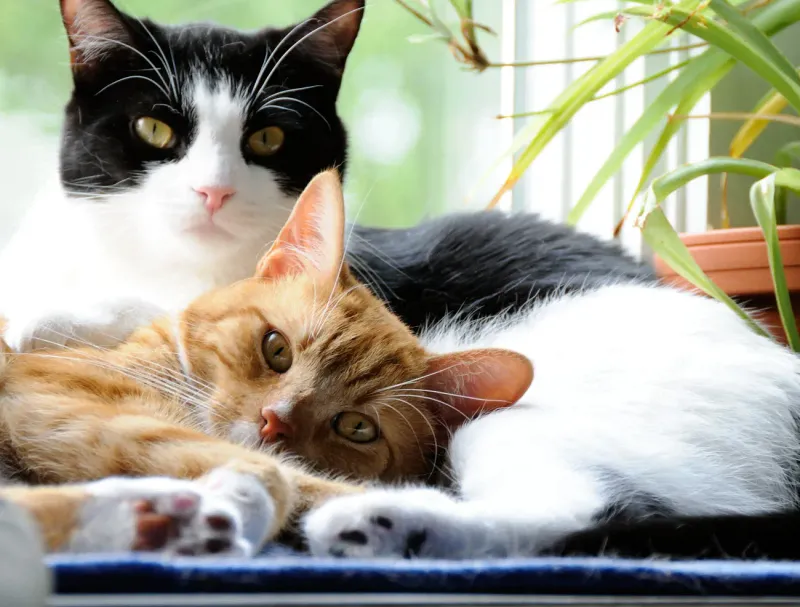
The cost of owning a male cat might include more frequent vet visits due to health risks. Females could incur costs related to spaying and reproductive concerns.
Budgeting for these expenses is vital in ensuring responsible pet ownership. Understanding financial commitments helps you prepare for a fulfilling, stress-free companionship.






